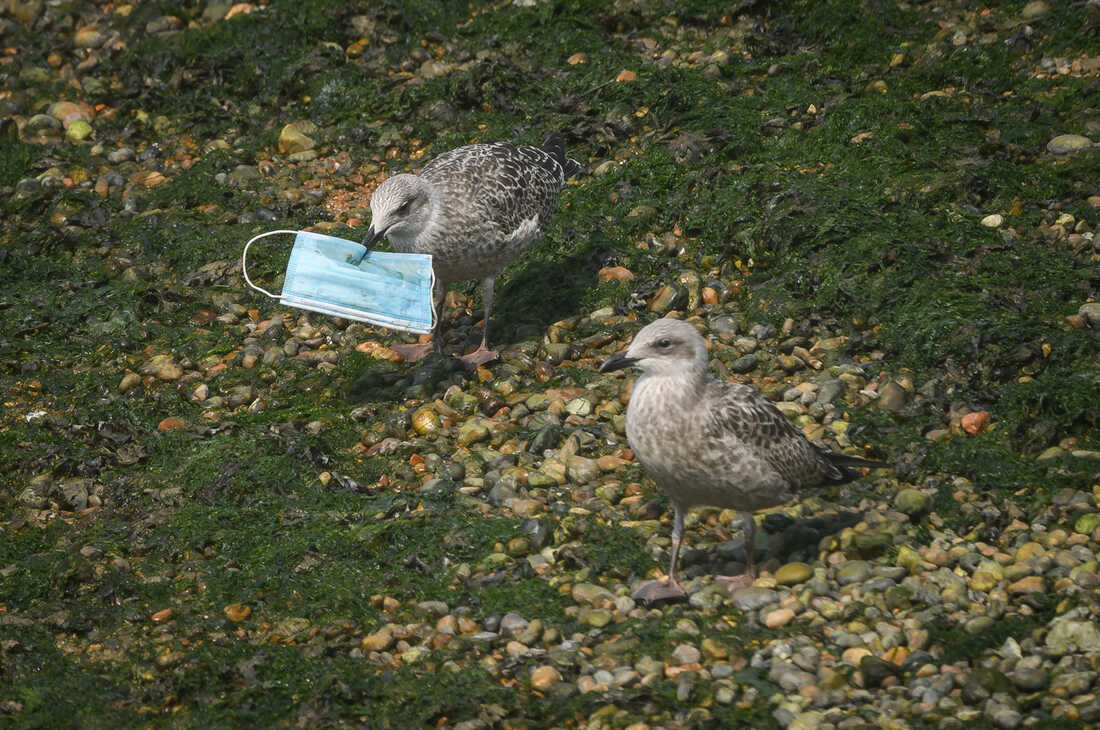‘Laser scarecrow’ more annoying than scary for birds in sunflower test plot – Agweek

CASSELTON, N.D. — The “laser scarecrow” doesn’t have menacing red eyes beneath a straw hat or beams shooting out from corn husk fingers extending out from an old flannel shirt.
A laser scarecrow is being tested in a sunflower field at the
Grand Farm Innovation Campus
near Casselton, North Dakota, with
KWS Seeds
evaluating the technology.
“So you say, ‘hey, we got the laser scarecrow out there’ and I would say the first … thought process that comes is some ‘Star Wars’ type thing that’s going to have that bird flying through and that laser is going to pop them out of the air,” said Duane Berhardson, business development manager at KWS Seeds.

Jeff Beach / Agweek
In fact, it looks pretty ho-hum. From a distance, you might just see a couple of solar panels mounted on a post. At the very top is the laser device that sweeps back and forth with a green dot, something similar to a laser pointer, over the sunflower field.
“It’s meant as an irritant. So that bird is going to be irritated by the laser as it comes by and it’s going to want to move on, move away,” Bernhardson said.

Jeff Beach / Agweek
KWS does have warning signs at its test plot and a nearby control plot, but Bernhardson said that’s mostly out of an abundance of caution.
“You don’t want to look right at it, right into, but it’s a more of a typical irritant rather than, you know, something that could cause damage,” Bernhardson said.

Jeff Beach / Agweek
Sunflowers are an obvious choice to test the laser on in North Dakota, where birds, particularly blackbirds, have frustrated sunflower growers for generations.
“Sunflower seeds are tasty and birds will really decrease the yield in a farmer’s sunflower field,” said Ann Nobriga, program manager of field operations at Grand Farm. She refers to the scarecrow as a “digital bird deterrent.”
Farmers have tried lots of things to scare birds away, including propane fueled cannons that sound like a gunshot, going off at time intervals.
“A lot of different techniques are used, none of them particularly safe,” Nobriga said. “This laser that is being tested here is actually one of the safest ways to deter birds in fields and in other applications as well.”

Jeff Beach / Agweek
The bird deterrent is used at some airports, where birds can pose a hazard. He said it also has potential in other farm settings.
“In some parts of the world, or even in the U.S., you plant the crop and you can get birds come in and once they find that row, they like to go down and, of course, they like to eat those seeds,” Bernhardson said. “In other situations, as nice little seedlings come up, they’re very succulent. tender, juicy. And as they come up, those birds will go down and eat down the row.”
The device is relatively simple to set up. A 4×4 post, a couple of batteries to store power from the solar panel and power the unit.
“So it’s not like you have to have a highly skilled technician that is specialized in this in order to get it out,” Bernhardson said.
Like most new technology, it can be managed through an app. Bernhardson also has attached a trail camera to the post, but says so far that is mostly to check on crop development from afar.
The sunflowers had yet to bloom in mid-July so birds have not been an issue so far. The real test will come when they are in full bloom with heads full of seeds, to see if the laser scarecrow plot has better yield than the control plot.

Erin Ehnle Brown / Grand Vale Creative LLC
KWS, a global company based in Germany,
is best known for its sugarbeet seed brand, Betaseed, but has a variety of other seeds and services.
Bernhardson said KWS likes hearing from producers about problems that could be addressed through technology or hearing about technology from other industries that could have an application in agriculture.
“What could help you, as a producer, help you be more profitable day in and day out?” he asked.





